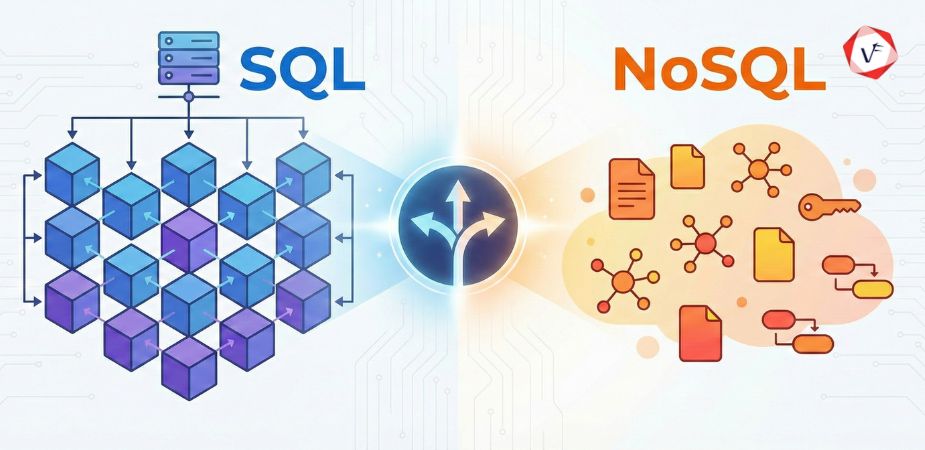- September 18, 2020 7:34 am
- by Sooraj
- September 18, 2020 7:34 am
- by Sooraj

Like most of the industries, COVID19 has made its damage to the supply chain. Even before the advent of this pandemic, the global supply chain was already on the verge of a huge financial crisis. Leaving the monetary loss behind, the pandemic disrupted the rhythm of the international supply chain and increased border & customs regulations. This resulted in widespread disruptions on the business process of all industries that relied on it. Logistics and transportation are among those badly hit industries. On top of that, lockdowns and immobilizations in borders issued by governments caused disruptions for shippers as well as delays at pickup and delivery locations. In this blog post, we will dive into some of the greatest challenges that are now being faced by logistics businesses across the globe.
Real-time visibility of business operation is highly critical for the functioning of all logistics businesses as it plays a vital role in the pickup and delivery of goods to customers. Deterioration of real-time visibility and forecastability in logistics operations is one of the immediate challenges that most logistics companies face during this pandemic. Lockdown measures, lack of warehouse workers, delays in delivery, longer wait times, unpredictable ETAs, and longer pickup times are some of the factors that triggered this challenge.
The pandemic spiked the demand for some products such as medicines, personal protective equipment, medical equipment, electronic gadgets, household staples, and personal hygiene goods. This surge in demand triggered supply chain challenges such as insufficient inventory and issues with space allocation. However, low-demand products badly impacted their manufacturers and 3PL companies as they created oversupply and cash flow issues.
The pandemic increased the shortage of workforce in e-commerce companies that caused delays at fulfillment centers, as well as capacity uncertainty, which increased dwell times. Some e-commerce companies such as Amazon and Walmart are now freezing some of their fulfillment services in order to prioritize shipment of high-demand products, which mostly includes medical goods and household essentials. However, this can be easily mitigated by developing a digital solution(or by integrating this functionality into the existing ERP) which enables supply chain managers to see the real-time information of the freights and their ETA at any location. This can help companies preplan their crew with precautionary measures prior to their arrival and can help them understand the potential impact on their workers or drivers.
Due to the pandemic, more customers now prefer to shop online instead of going to a physical store. Many of them have now adopted online shopping as a primary method of buying goods This increased the load on many 3PL providers that operate B2C channels. Whereas, managing B2B operations are easier as it only requires comparatively less workforce to pick and pack individual orders than pick full-pallets, cross-dock, and ship out pallets of goods to retailers. As a result, 3PL logistic companies are seeing an increasing surge in shipping volumes. Large-scale automation of warehouse processes can certainly help, but that’s not practical or even necessary for the vast majority of B2C shippers.
Logistic companies should look for new ways of operations to dodge these challenges. Digitization can be a double-edged sword when it comes to counter these challenges caused by the COVID-19 pandemic:
To navigate these challenges, logistics companies must rapidly respond by re-evaluating and transforming their repetitive processes that consume lots of valuable time. There are still logistics companies (small-sized) that rely on spreadsheets to manage their operations. These manual processes can hinder the chances to efficiently respond to current and future disruptions. Even, logistic giants such as FedEx and UPS no longer need their customers to sign for shipments to practice social distancing measures. COVID19 has also accelerated the use of new software that allows 3PL providers as well as other operators, to facilitate paperless processes. Technology can help companies move from static to dynamic routing, optimize routes, and improve overall network design. It can also help carriers and shippers optimize their assets and find the right asset mix. Choosing a reliable offshore software development company in India that specializes in building logistics solutions can be a viable option to bring down costs.
The more damage we take, the more we can deal with future disruptions. The damage that is inflicted by the pandemic is healing rapidly and it will be only a matter of time the industry evades these disruptions. However, a full recovery from these disruptions will depend on their contingency planning and their flexibility towards change.
Guaranteed Response within One Business Day!

What is Digital Twin Technology?

What are WebAssembly (WASM) Applications?
Code Review Best Practices: Complete Guide for 2026

Database Selection Guide: SQL vs NoSQL
AI Agents in Enterprise Software: How Autonomous AI is Transforming Business Operations